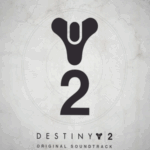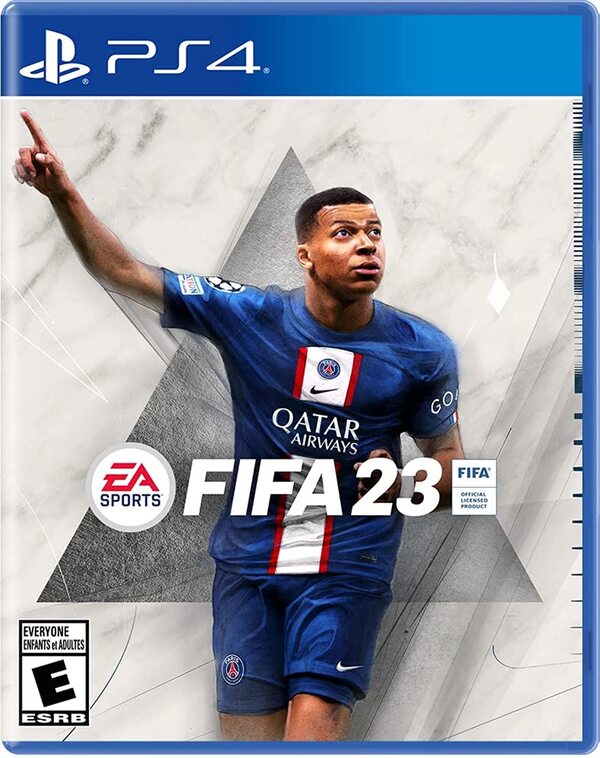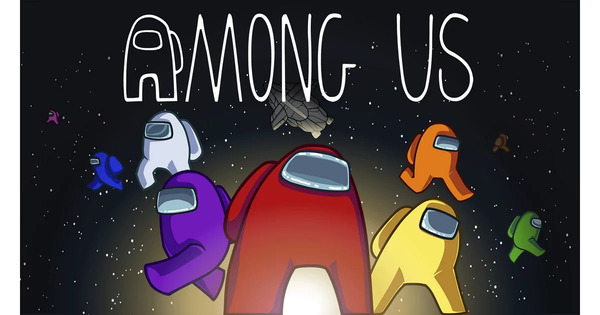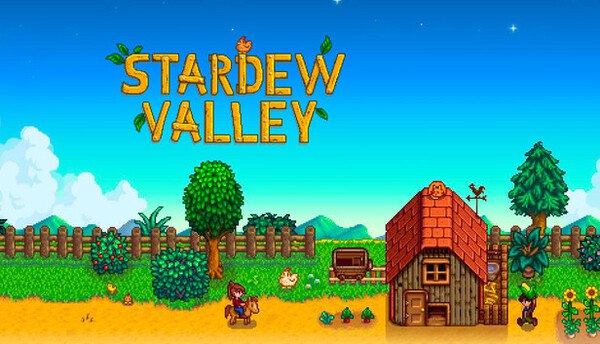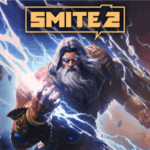Advertisement
Popular Now
Free Fire has become one of the most popular mobile battle royale games since its release by Garena in 2017. Its accessible gameplay, regular updates, and wide device compatibility have garnered it a substantial player base. However, one issue that has drawn significant criticism is its monetization model, which many players perceive as "pay-to-win." This article will explore the specifics of how these pay-to-win mechanics impact player experience and the overall game balance. We will analyze the mechanics of in-game purchases, community reactions, and potential solutions to address these concerns.
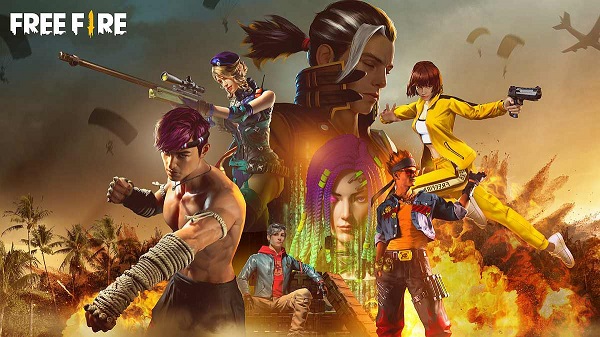 Free Fire operates on a free-to-play model supported by in-game purchases. Players can buy various items and enhancements using real money. While this model allows the game to be accessible to a broad audience, it has raised concerns about its impact on game fairness and balance.
In Free Fire, players can purchase:
Free Fire operates on a free-to-play model supported by in-game purchases. Players can buy various items and enhancements using real money. While this model allows the game to be accessible to a broad audience, it has raised concerns about its impact on game fairness and balance.
In Free Fire, players can purchase:
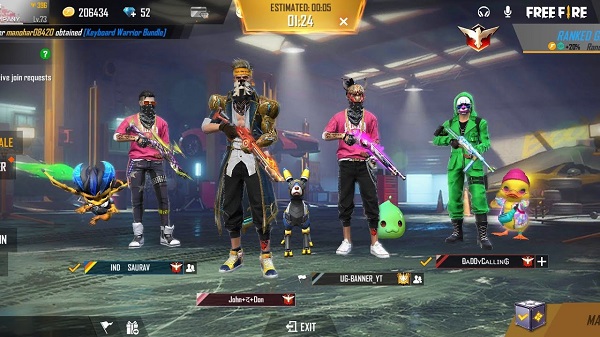 Free Fire features premium currency, which can be purchased with real money. This currency is used to buy various items, including character upgrades, weapon skins, and other enhancements that can impact gameplay.
Premium currency impacts gameplay in several ways:
Free Fire features premium currency, which can be purchased with real money. This currency is used to buy various items, including character upgrades, weapon skins, and other enhancements that can impact gameplay.
Premium currency impacts gameplay in several ways:
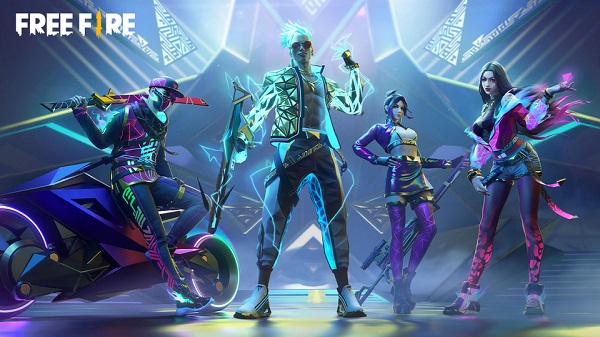 Community feedback on Free Fire’s monetization model has been mixed. While some players appreciate the ability to customize and enhance their gameplay experience through purchases, others express frustration with perceived imbalances.
Common reactions include:
Community feedback on Free Fire’s monetization model has been mixed. While some players appreciate the ability to customize and enhance their gameplay experience through purchases, others express frustration with perceived imbalances.
Common reactions include:
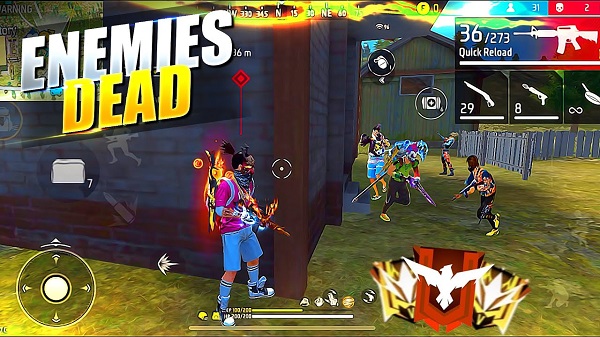 In response to feedback and concerns about pay-to-win mechanics, the developers of Free Fire have made several adjustments to the game. These changes aim to address player concerns and improve balance.
Recent adjustments include:
In response to feedback and concerns about pay-to-win mechanics, the developers of Free Fire have made several adjustments to the game. These changes aim to address player concerns and improve balance.
Recent adjustments include:
Understanding Free Fire's Monetization Model
 Free Fire operates on a free-to-play model supported by in-game purchases. Players can buy various items and enhancements using real money. While this model allows the game to be accessible to a broad audience, it has raised concerns about its impact on game fairness and balance.
In Free Fire, players can purchase:
Free Fire operates on a free-to-play model supported by in-game purchases. Players can buy various items and enhancements using real money. While this model allows the game to be accessible to a broad audience, it has raised concerns about its impact on game fairness and balance.
In Free Fire, players can purchase:
- Cosmetic Items: Skins and outfits that alter the appearance of characters and weapons.
- Premium Currency: In-game currency that can be bought to unlock exclusive items and features.
- Battle Passes: Seasonal passes offering rewards and challenges that enhance gameplay.
Impact of Cosmetic Items on Gameplay
Cosmetic items in Free Fire include skins for characters and weapons that do not affect gameplay performance but change the visual appearance. While these items are primarily decorative, their impact on player perception and community dynamics is significant. Positive aspects of cosmetic items:- Customization: Allows players to personalize their characters and weapons, enhancing the overall gaming experience.
- Revenue Generation: Provides a steady income stream for developers, supporting ongoing game development and updates.
- Perceived Inequality: Players who spend money may feel superior due to their exclusive items, which can affect player morale.
- Increased Pressure: The desire to acquire exclusive items can lead to pressure and dissatisfaction among players who cannot afford them.
The Role of Premium Currency
 Free Fire features premium currency, which can be purchased with real money. This currency is used to buy various items, including character upgrades, weapon skins, and other enhancements that can impact gameplay.
Premium currency impacts gameplay in several ways:
Free Fire features premium currency, which can be purchased with real money. This currency is used to buy various items, including character upgrades, weapon skins, and other enhancements that can impact gameplay.
Premium currency impacts gameplay in several ways:
- Access to Enhancements: Players who spend money can unlock powerful items and upgrades faster than those who do not.
- Competitive Edge: Spending on premium currency can provide players with advantages, such as better equipment or character abilities.
Battle Passes and Their Effects
Battle passes in Free Fire offer players a structured way to earn rewards through completing challenges and progressing through tiers. While battle passes can enhance the gaming experience, they also contribute to the pay-to-win perception. Benefits of battle passes include:- Structured Progression: Provides a clear path for players to earn rewards and improve their gameplay.
- Enhanced Engagement: Encourages players to stay active and participate in various in-game activities.
- Exclusive Rewards: Premium rewards may give paying players an edge over non-paying players.
- Pressure to Spend: Players may feel compelled to spend money to keep up with others or to unlock desirable rewards.
Community Reactions to Pay-to-Win Mechanics
 Community feedback on Free Fire’s monetization model has been mixed. While some players appreciate the ability to customize and enhance their gameplay experience through purchases, others express frustration with perceived imbalances.
Common reactions include:
Community feedback on Free Fire’s monetization model has been mixed. While some players appreciate the ability to customize and enhance their gameplay experience through purchases, others express frustration with perceived imbalances.
Common reactions include:
- Frustration: Non-paying players often feel disadvantaged compared to those who spend money on premium items and enhancements.
- Discontent: Some players feel that the game encourages spending to achieve competitive success, which can be discouraging.
Case Studies of Pay-to-Win Impact
Analyzing specific cases where pay-to-win mechanics have affected gameplay can provide valuable insights into their impact. Examples from other games, as well as Free Fire, illustrate the consequences of these practices. Case studies include:- Weapon Advantages: Instances where players with premium weapons have a clear advantage over those using standard equipment.
- Character Abilities: Cases where purchased character abilities significantly outperform those available for free.
Developer Responses and Adjustments
 In response to feedback and concerns about pay-to-win mechanics, the developers of Free Fire have made several adjustments to the game. These changes aim to address player concerns and improve balance.
Recent adjustments include:
In response to feedback and concerns about pay-to-win mechanics, the developers of Free Fire have made several adjustments to the game. These changes aim to address player concerns and improve balance.
Recent adjustments include:
- Increased Transparency: Providing more information about the impact of purchases on gameplay.
- Balance Updates: Adjusting the effectiveness of premium items to reduce their impact on competitive balance.
Potential Solutions to Pay-to-Win Issues
To address the issues associated with pay-to-win mechanics, several potential solutions can be considered. Implementing these changes could help improve game balance and player satisfaction. Possible solutions include:- Enhanced Item Balancing: Ensuring that premium items do not provide unfair advantages over standard items.
- Alternative Reward Structures: Introducing reward systems that do not rely solely on monetary investment.
- Player Feedback Integration: Continuously incorporating player feedback to refine and balance the monetization model.
Comparative Analysis with Other Games
Comparing Free Fire to other games with similar monetization models can provide insights into how different approaches impact gameplay and player satisfaction. Examining these comparisons helps to identify best practices and areas for improvement. Comparative factors include:- Monetization Approaches: Different strategies for balancing in-game purchases and gameplay advantages.
- Player Feedback: Reactions from players in similar games and how they have influenced changes.








